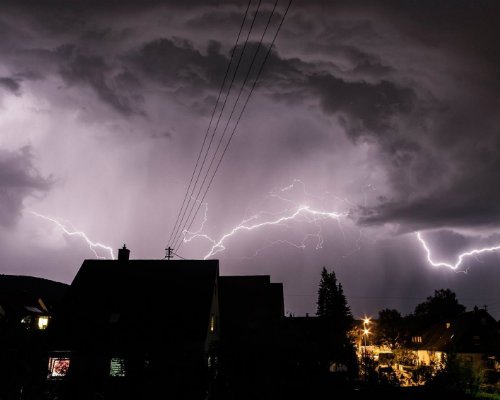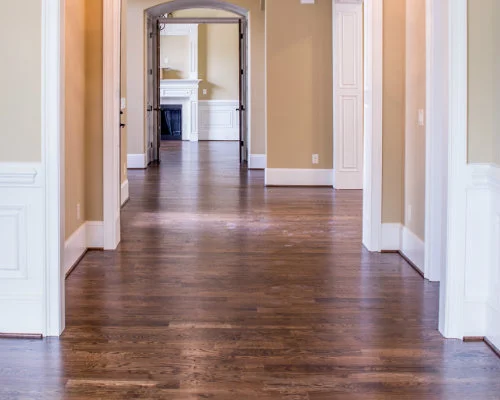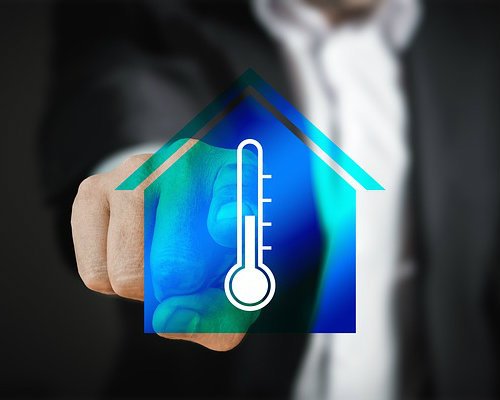Unpredictable and often crazy spring (or summer) weather is nothing new to many Texans. In fact, it’s just part of living in Texas. However, no matter how ready you are for those heavy spring showers, hailstorms, or even tornado season, there are always things you can do to prepare your home.
We’re going to walk you through some simple steps that could go a long way in protecting your home from wind, hail, and water damage in the coming months.
Preventative Measures to Save You from Considerable Damages Later
Gutters and downspouts
Make sure they are completely debris free and not suffering from any cracks, dents, or typical wear and tear.
Look for existing roof issues
Have a look and see if there are any missing shingles or possible leaks. Go ahead and use this time to secure any loose siding as well. All of these are potential weak links in the home when it comes to storm damage.
Maintain trees and shrubbery
Noticed any dead or rotting branches?
Prune them to avoid any damage during a storm or high winds. Additionally, you should practice trimming branches away from your home to protect your roof and deter animals from occupying the area.
Fresh paint
A new coat of paint on the outside of your home can help protect your wood against the elements. Without the fresh paint, it’s possible that moisture intrusion will occur.
It will not only ruin your wood, but also paving the way for a serious mold problem.
Seal windows and doors
It’s normal for caulking to fall victim to normal wear and tear. So make sure they are sealed and all holes where pipes or wires enter your home are also properly sealed.
Pro-tip: Consider installing storm shutters for extra protection (and may even land you a discount on your insurance).
Check your sump pump
It’s a good idea to make sure your sump pump is in good working order and possibly plan to have a battery-powered backup to ensure it still runs even if a storm knocks the power out.
Take a look at your foundation
Does water pool around the foundation after a storm?
If water isn’t properly draining away from your house, you could be in big trouble. Fix this by extending the downspout, constructing a creek bed, or even building a garden.
Consult an expert to see what may be the best solution for your home.
While we can’t predict what moves Mother Nature will make, we don’t have to wait like sitting ducks. Taking the steps above will not only minimize damage, but they can also keep you and your family safe.
Take it a step further and get a professional opinion on the state of your home. One of our trained professionals can be on your property in 48 hours or less for an inspection.
Use our easy online scheduling tool to book your appointment!





